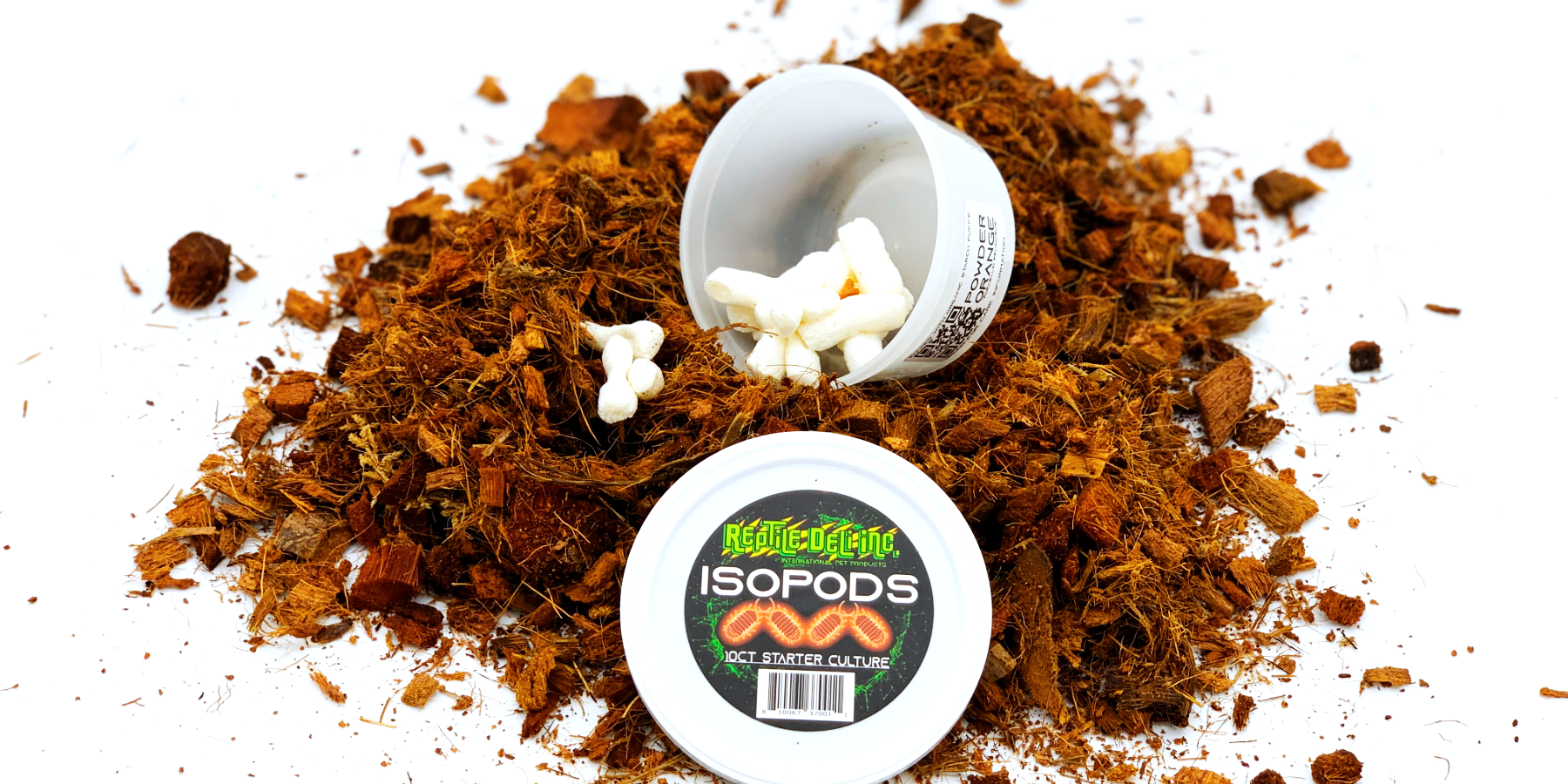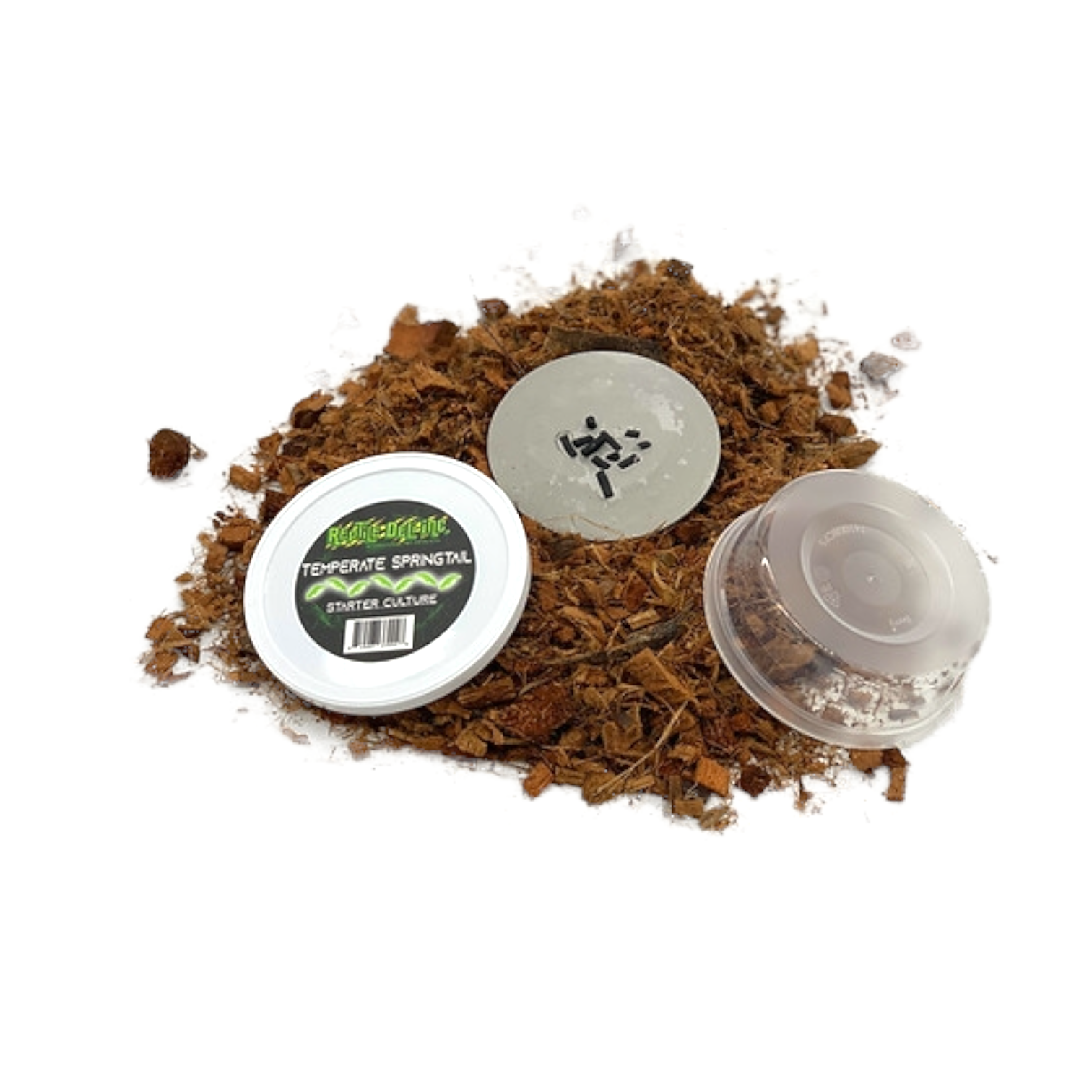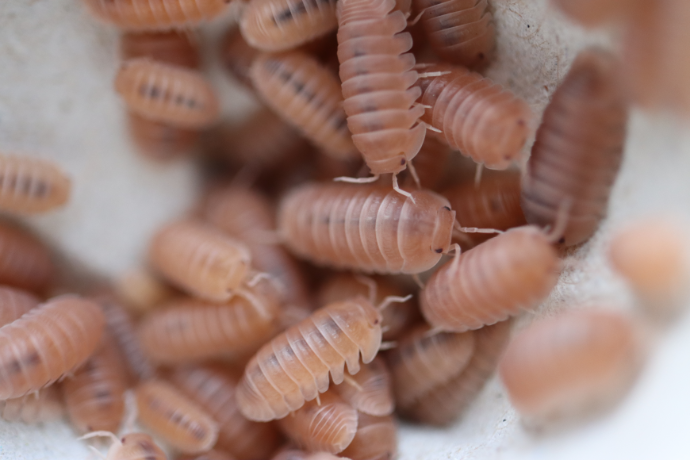How to Care for Isopods
Why Are Reptile Deli Isopods a Great Choice?
Isopods, often referred to as "roly-polies" or "pill bugs," are more than just a novelty pet. They offer several benefits for reptile keepers:
- Bioactive Terrarium Cleaners: They are the foundation of a bioactive terrarium, where they consume waste,decaying plant matter, and mold, creating a self-sustaining environment.
- Nutritious Food Source: Many reptile species, particularly small lizards like geckos, thrive on a diet of isopods.They are a good source of calcium, especially when provided with a calcium-rich diet.
- Safe and Non-Aggressive: They are harmless to your reptile and won't bite.
- Variety of Species: Reptile Deli offers a range of species, each with unique characteristics and care requirements.The most common species are Porcellio laevis ("Dairy Cow") and Armadillidium vulgare ("Pill Bug").
Isopod Enclosure Setup
Creating the right habitat is crucial for a thriving isopod culture.
- Container: A plastic shoebox, a small plastic tub, or a critter keeper with a secure, well-ventilated lid is ideal. The size of the container should be based on the number of isopods and their species.
- Substrate: The substrate is the most important part of the setup. A good mix should retain moisture and provide food. A blend of coconut fiber, sphagnum moss, orchid bark, and decaying leaf litter is an excellent choice.This mixture mimics their natural habitat and provides them with a consistent food source.
- Hiding Spots: Isopods are shy and prefer dark, humid places. Provide plenty of leaf litter (oak and magnolia leaves are great choices) and pieces of decaying wood or bark. A "moisture gradient" is vital, with one side of the enclosure being wetter and the other side drier. This allows the isopods to choose their preferred level of humidity.
Environmental Conditions: Temperature & Humidity
- Temperature: Most common isopod species thrive at a comfortable room temperature between 65°F and 80°F(18.3∘C to 26.7∘C). Higher temperatures can be stressful and lead to death.
- Humidity: Isopods breathe with gills and require a high humidity level. The ideal range is between 70% and 80%.Misting the enclosure regularly with a spray bottle is a great way to maintain humidity. Aim for a "moisture gradient" with one side of the enclosure being consistently damp, while the other side is drier.
Feeding Your Isopod Culture
While isopods will primarily eat the decaying material in their substrate, providing additional food will help them thrive and reproduce faster.
- Primary Food: Decaying leaf litter and soft, decaying wood are their main food sources. Oak and magnolia leaves are particularly popular.
- Supplemental Food:
- Vegetables: Offer a variety of fresh vegetables, such as carrots, sweet potatoes, and squash.
- Protein: A small amount of protein, like fish flakes or a dedicated isopod food blend, can be offered weekly.
- Calcium: A calcium source is vital for their exoskeleton. A small piece of cuttlebone, eggshells, or calcium powder can be added to their food.
- Feeding Schedule: Offer food every few days, removing any uneaten food after 24 hours to prevent mold growth.
Maintenance and Troubleshooting
Maintaining your isopod culture is key to a long-lasting and healthy colony.
- Misting: Mist the damp side of the enclosure daily or as needed to maintain humidity.
- Substrate Replacement: You won't need to completely replace the substrate often, as the isopods will consume it.Just add new leaf litter and a sprinkle of new substrate as needed.
- Mold: If you see white or fuzzy mold, it's often a sign that the enclosure is too humid or has insufficient ventilation.Increase ventilation and reduce misting.
- Mites: While some species of mites are beneficial, others can be a problem. Ensure good airflow and don't overfeed your isopods, as this can attract unwanted pests.
By following this detailed isopod care guide, you can successfully maintain a thriving colony from Reptile Deli, whether you're using them as a bioactive cleanup crew or a healthy food source for your pet.




